I went to a tea store yesterday called Whistling Kettle, located in the little town of Ballston Spa. This is your typical small town tea store, I think, doing mostly tourist business as well as supplying the rich local folks. The place boasts of “over 90 teas” and the place actually is rather decently decorated. I didn’t go in expecting much, but I must say I was disappointed.
The place is more catered to food and tea, rather than just tea for tea’s sake. That’s fine — after all, they have to stay in business, and tea alone in upstate New York isn’t going to cut it. I flipped through the tea menu and plucked for the Borengajuli Assam. I like Assam in general, so I figured why not?
Well, it was a disaster. First of all, I cannot stand places that do not give you the leaves. If you claim to be serious about tea, with staffers all wearing t-shirts that say “Campaign for Real Tea” and all, then you should at the very least make tea the right way for people who are serious about tea. The teapots are fine, but where is my tea? I only have liquid. For all I know, this was brewed five hours ago and reheated in the microwave.
But I know it’s not, because it has another problem. As many of you will know, if you brewed tea using a bag or basket to hold the leaves, and then take the bag/basket out, what you get is more concentrated tea in the bottom and more watery tea up top in the pot. That’s why, for example, when you brew gongfu style, you need to distribute the tea evenly either through a fairness cup or by pouring alternately into the different cups. These teapots they gave me, however, are dark, dark blue, and there was no way that I could see how the tea is distributed in there. Unsuspectingly, I poured out my first cup. It was rather on the light side, and the Assam tasted like a regular Ceylon, which is always a bad sign. Ok. Then, the second cup comes out, and all of a sudden I have this much darker cup — then I knew there was a problem with the tea not being very well mixed, so to speak. Hmmm. The tea, however, was devoid of real fragrance and was rather rough on the tongue. The third (and last) cup was worse – when I emptied it my entire mouth felt rough. Even bad young puerh are not as harsh. I have no idea what this is, but high quality, estate produced Assam? I think not. Unless, of course, the tea has been sitting around for ages with nobody buying it. Michael of Tea Gallery told me before to buy cheap tea when I go to regular shops, because the expensive stuff sit on the shelves for ages with no customers. Maybe it applied here. However, my wife had a similarly bad experience, so it’s not as if I was the only victim.
I hate to give real, physical shops bad reviews, because they are doing a service to the tea community by bringing the drnk to others, but when it’s bad… it’s bad. I was not impressed by the Whistling Kettle. Sorry.
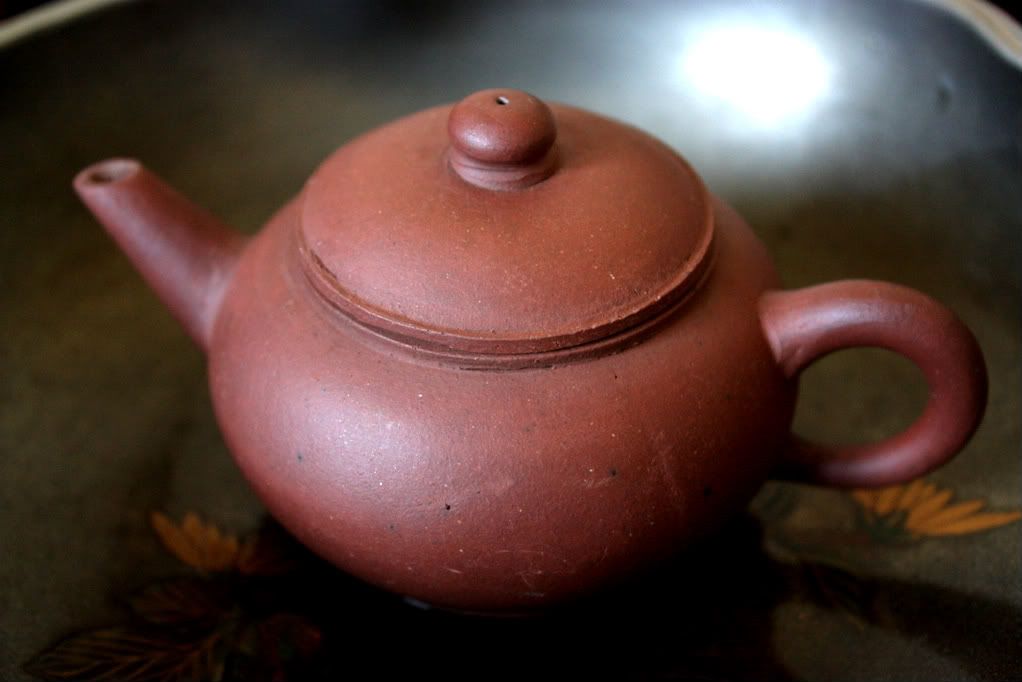
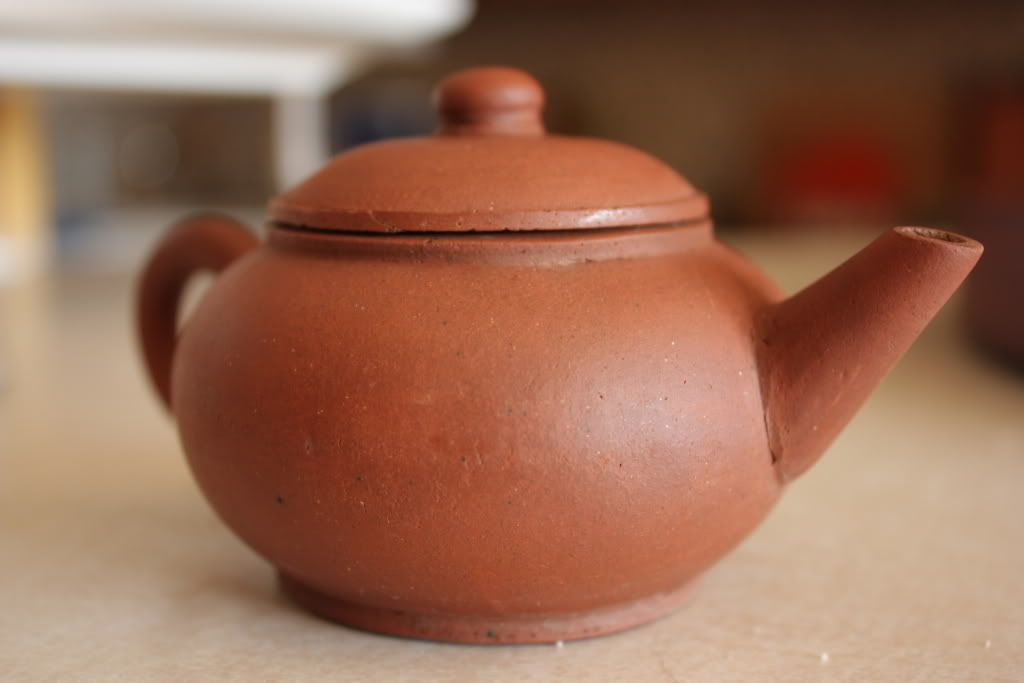
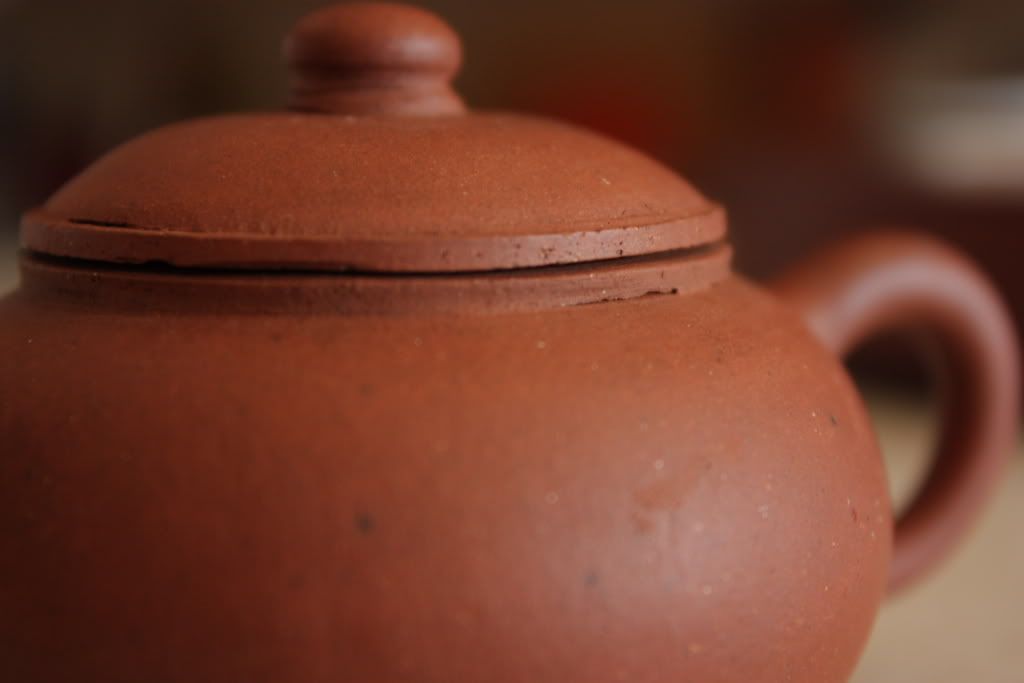
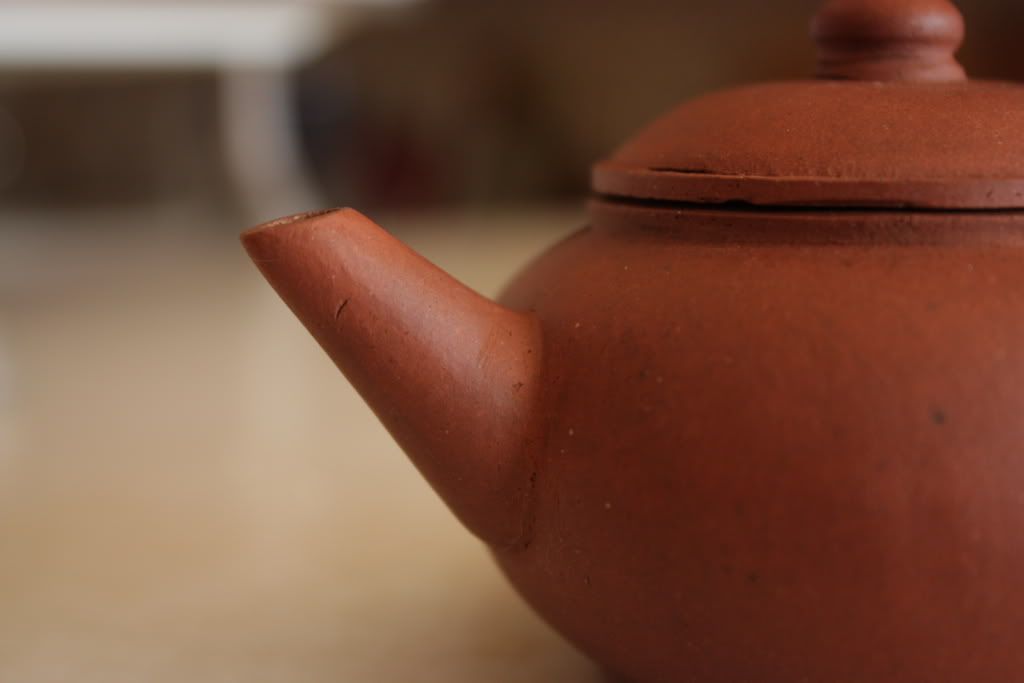
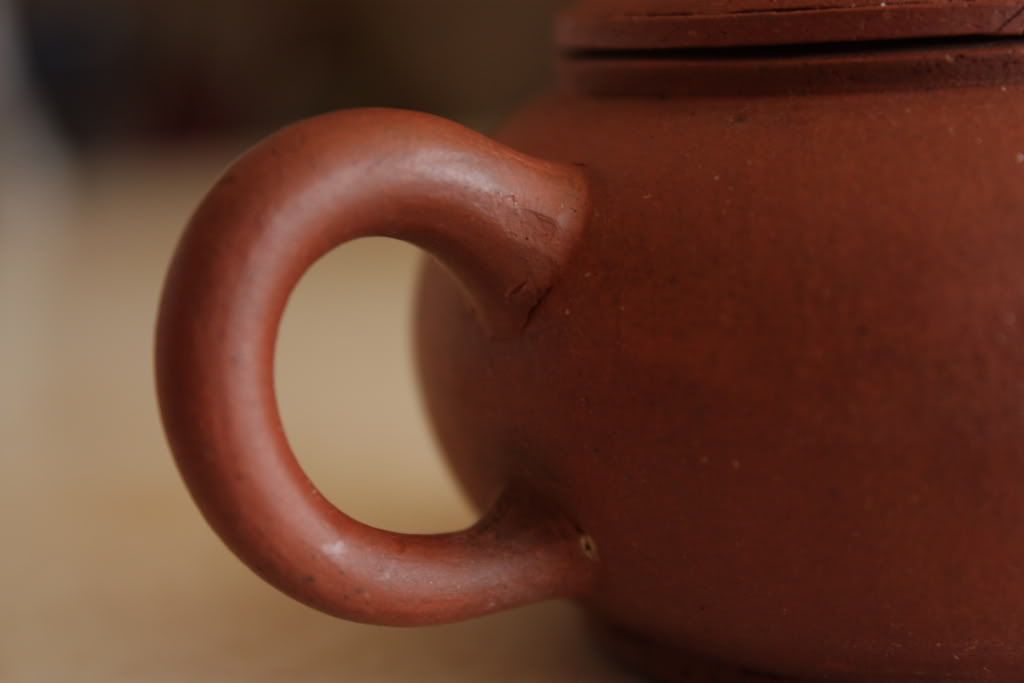

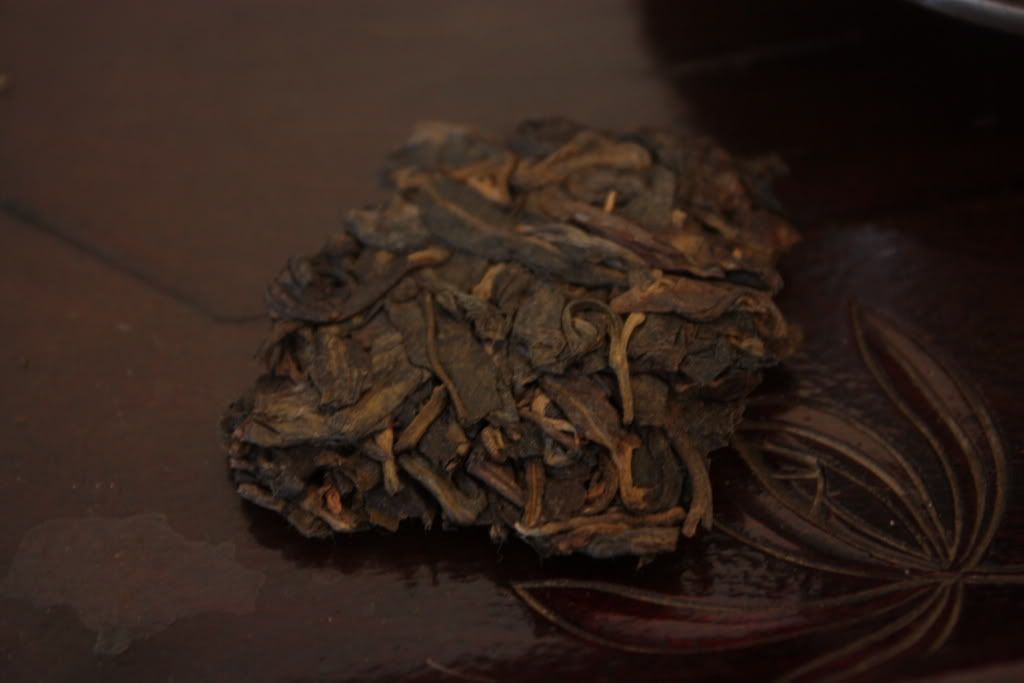
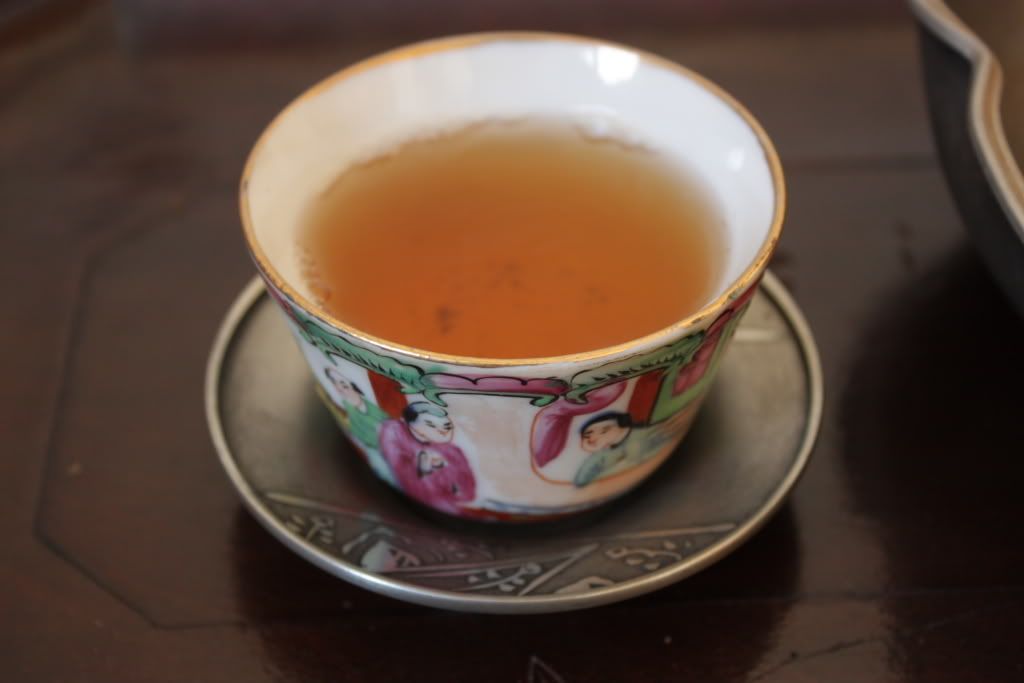
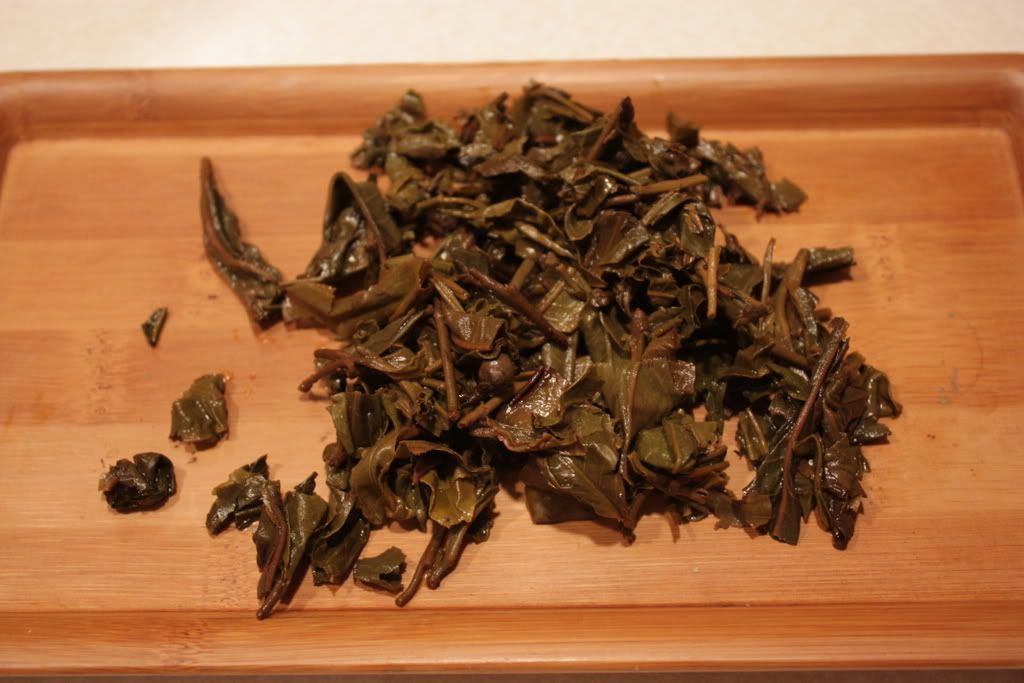
Unrelated: Thanks for still being around.